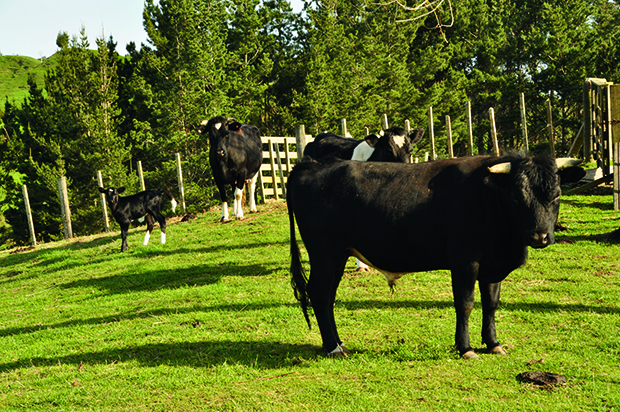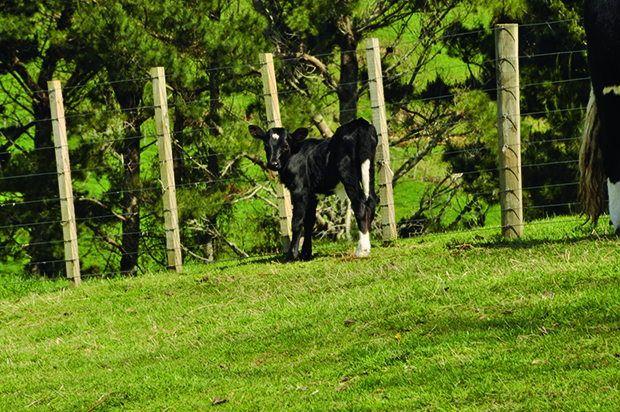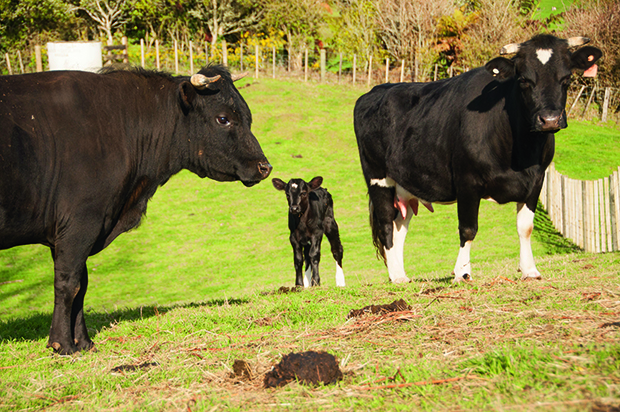The rare cattle breed that narrowly escaped extinction

Have you heard of the Enderby Island cattle?
Words: Written with text provided by Rare Breeds Conservation Society of New Zealand Photos: Sheryn Dean
Possibly the rarest cattle breed in the world, Enderby Island cattle evolved from 80 years of wild isolation on Enderby Island, the northernmost island of the Auckland Islands, 320km south of New Zealand. Settlers introduced nine cattle in the 1890s in an attempt to establish farming on the island. While the cattle were an unknown breed, the ship’s manifest describes them as being “shorthorns” – a generic term in those days to describe many breeds of cattle. The attempt to establish farming failed because of the climate, and the settlers abandoned the island in 1910, leaving the cattle behind. The cattle survived over the next 80 years, feeding on Enderby’s scrub vegetation, southern rata, and seaweed.

In 1990, the surviving cattle had bred to become hardy, small and stocky – closely resembling those of the Shetland Islands. But in 1991, when the Department of Conservation discovered the cattle had denuded much of the island’s vegetation, it sent a party down to carry out a cull. Forty-seven animals were destroyed, of which twenty-five were females, and the breed had ostensibly become extinct.
But in September 1992, Michael Willis and Dave Matheson of the Rare Breeds Conservation Society of New Zealand found fresh hoofprints of two animals on Enderby. In 1993, a small team led by Michael Willis captured Lady – the world’s only surviving adult Enderby Island cow – together with her heifer calf, and they were shipped back to New Zealand. After a quarantine period, they were both transferred to the Dairy Unit at Massey University, where unfortunately, the calf died due to unknown reasons.

After several unsuccessful attempts at embryo transplants, Lady was transferred to the Agricultural Research Unit at Ruakura. It was here that the purebred bull, Derby, was produced by embryo transplant – the only successful result from 35 attempts. With the species still facing extinction, Lady was cloned in 1998 – an unprecedented achievement of animal conservation.
The species survived, and thanks to sophisticated artificial breeding techniques and luck over the past 25 years, there are now three small herds of Enderby cattle in various locations throughout New Zealand.
Love this story? Subscribe now!
 This article first appeared in NZ Lifestyle Block Magazine.
This article first appeared in NZ Lifestyle Block Magazine.
